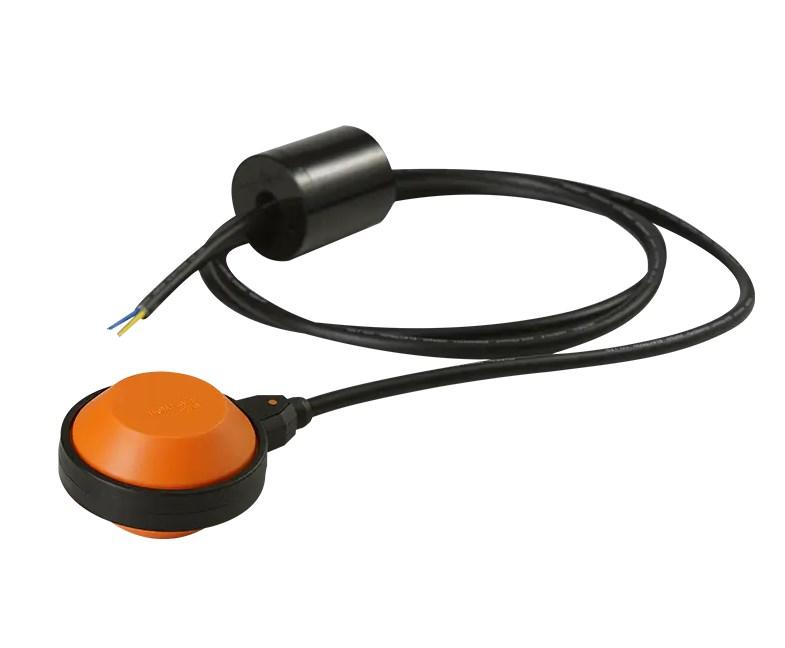The China Float Switch, a critical component in various industrial and domestic applications, is renowned for its ability to detect liquid levels with precision. However, the true measure of its effectiveness lies in the ability to adjust its sensitivity to meet specific operational requirements. This article delves into the intricacies of fine-tuning the sensitivity of the China Float Switch, ensuring that it performs optimally in diverse settings.
The sensitivity of a China Float Switch is a measure of how responsive it is to changes in the liquid level. It is a crucial parameter that can significantly impact the performance of systems that rely on accurate level detection. Whether it's in water treatment plants, industrial processes, or even in home aquariums, the ability to adjust the sensitivity of the China Float Switch is paramount.
To begin with, understanding the basic components of a China Float Switch is essential. Typically, it consists of a float, a switch mechanism, and a housing. The float moves with the liquid level, and as it does, it actuates the switch, which then sends a signal to the control system. The sensitivity adjustment usually involves modifying the float's movement threshold or the switch's response range.
One common method to adjust the sensitivity of a China Float Switch is by altering the weight and size of the float. A heavier float will require a greater change in liquid level to move, thus reducing sensitivity. Conversely, a lighter float will be more sensitive, reacting to smaller changes in the liquid level. Manufacturers often provide a range of floats with different weights to accommodate various sensitivity requirements.
Another approach to adjusting sensitivity involves modifying the switch mechanism itself. Some China Float Switches come with adjustable switches that can be fine-tuned to respond at specific levels. This can be particularly useful in applications where precise level control is necessary, such as in chemical dosing systems or in maintaining consistent water levels in boilers.
In some advanced China Float Switch models, electronic components are integrated to provide even greater control over sensitivity. These switches may include microprocessors that can be programmed to respond to specific changes in liquid level. The programming can be done through a user interface, allowing operators to input the desired sensitivity settings directly.
It's also important to consider the environment in which the China Float Switch is operating. Factors such as the viscosity of the liquid, the presence of debris, and the temperature can all affect the switch's performance. In viscous liquids, a more sensitive switch may be needed to overcome the resistance of the liquid. In environments with a lot of impurities, a less sensitive switch may be more appropriate to avoid false trips.
Regular maintenance is also key to ensuring the optimal sensitivity of a China Float Switch. Over time, the float can become encrusted with minerals or other deposits, which can affect its movement and, consequently, the switch's sensitivity. Regular cleaning and inspection can help maintain the switch's performance and extend its lifespan.
In conclusion, the sensitivity of a China Float Switch can be adjusted in various ways to suit specific applications. Whether through physical modifications to the float or switch or electronic programming, the ability to fine-tune sensitivity is a hallmark of a high-quality China Float Switch. By understanding the factors that influence sensitivity and employing the appropriate adjustment methods, operators can ensure that their China Float Switches provide reliable and accurate level detection, contributing to the smooth operation of their systems.

